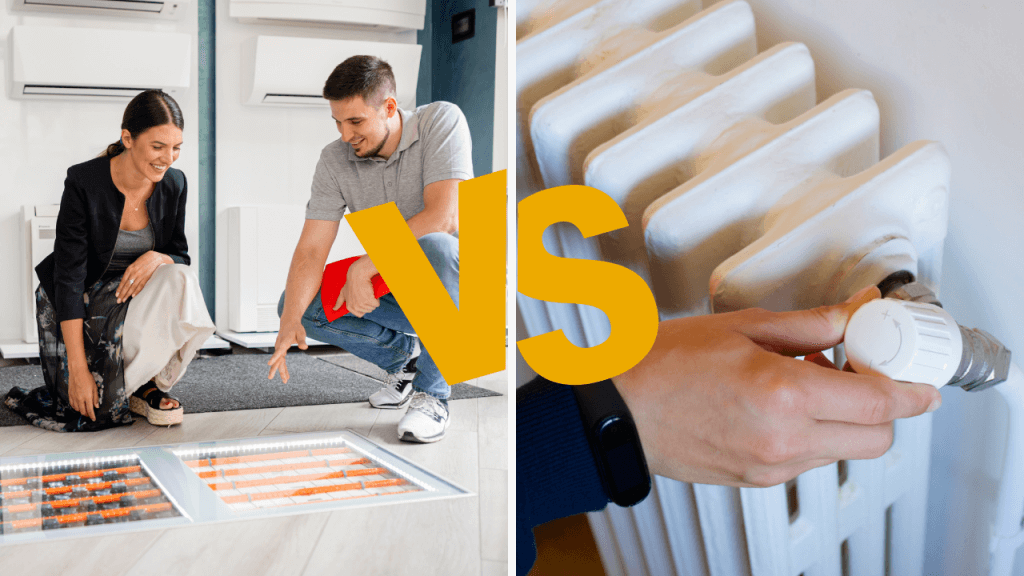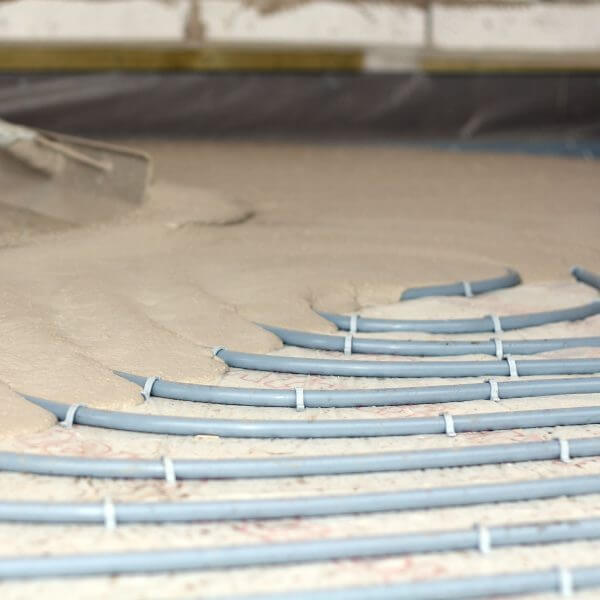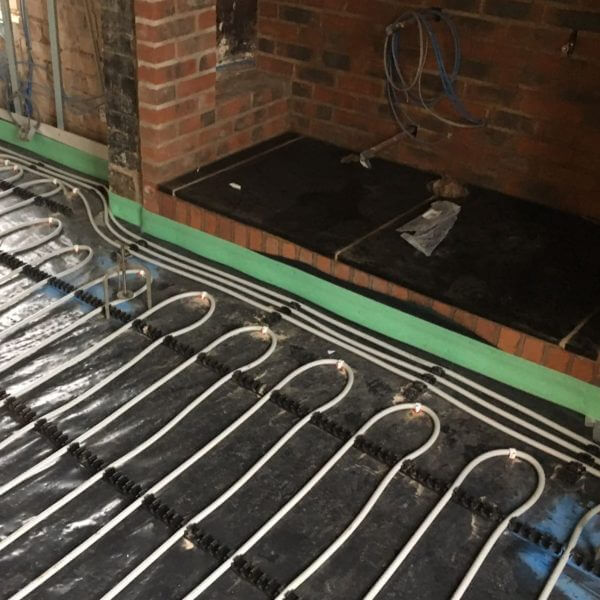Can Underfloor Heating Fully Replace Radiators?
Not many know that central heating systems are a fairly modern invention. Though radiators were invented in the 1800s, central heating was a luxury that only became commonplace in UK homes in the 70s. Now almost every modern home has radiators, either plumbed into a gas boiler, or running off electricity and plugged into the mains.
More recently, homeowners are contacting underfloor heating installers to have their radiators taken out, and below floor heating put in its place. While some homeowners are doing this to replace inefficient and ageing radiators, that isn’t always the reason. Our underfloor heating Liverpool installers have even replaced radiator systems less than a decade old.
The question is this: why is underfloor heating replacing radiators, and will underfloor heating fully replace them as the common household heating system?
The Benefits of Underfloor Heating Compared to Radiators
One of the most widely known benefits of underfloor heating is that it works much more efficiently than radiators. When air is heated, it becomes less dense and rises up, whilst cold air is heavier and sinks down to replace it. That is the simplified explanation to a complex weather phenomenon.

This means that the heat produced by central heating is primarily going to move directly upwards. With underfloor heating, the heat is evenly distributed. Radiators can only heat in localised spots, creating a “spiral effect” that causes cold spots, accumulates dust, and requires longer operational times to reach your desired room temperature. In the long term, it is more expensive to use radiators to heat a room.
Other benefits of underfloor heating are that they can be combined with wireless smart home control systems, allowing you to adjust each room’s temperature individually and from your phone. It also works very well with heat pumps, allowing you to switch to more eco-friendly heating that is not as expensive as electricity.
It provides immediate comfort, convenience, and luxury to the home. Radiators take up valuable wall and floor space, which can be put to good use after the radiators are removed. EasyFlow’s unique pipe design only has joints at the manifold, greatly reducing the risks of leaks.
Lastly, our underfloor heating installers can lay underfloor heating for almost any kind of floor covering, such as tile and floorboards. The ability to walk barefoot on kitchen and bathroom tiles on a cold winter night is a significant reason homeowners choose us to upgrade their central heating.
When an Underfloor Heating Installer May Encounter Issues
The primary instance where replacing radiators isn’t possible is when retrofitting older homes. This is for two reasons. First, if your home is a listed building, any modifications you make must not disturb the historic nature of the building without permission from your local council.
It depends on the leniency of your council and how well you back up your proposal with architect drawings and planning documents. Our underfloor heating Liverpool and Shropshire clients rarely have an application rejected for underfloor heating in a listed historic property.
The second reason is because older homes were not designed or built with central heating in mind. In such homes, joists may not be able to take too much weight, or the walls are not tall enough to negate the increased floor height. If you are unsure if your historic home can support underfloor heating, rest assured that you can call one of our underfloor heating installers for a free consultation and quote.
How We Can Help
The biggest reason we see where underfloor heating may not replace radiators is from reluctance to change. Not all homeowners are ready to replace one of the most important systems in their home. Rest assured, that our underfloor heating Liverpool company will do our best to smoothen the transition from radiators to more efficient heating.
We can work section-by-section in some instances, to ensure installation is unintrusive. It is well worth the wait, as the benefits often outweigh the alternatives. In the future, as we push for more efficient and eco-friendly heating, we may see the radiation fully phased out of common UK homes.





Where To Find Us